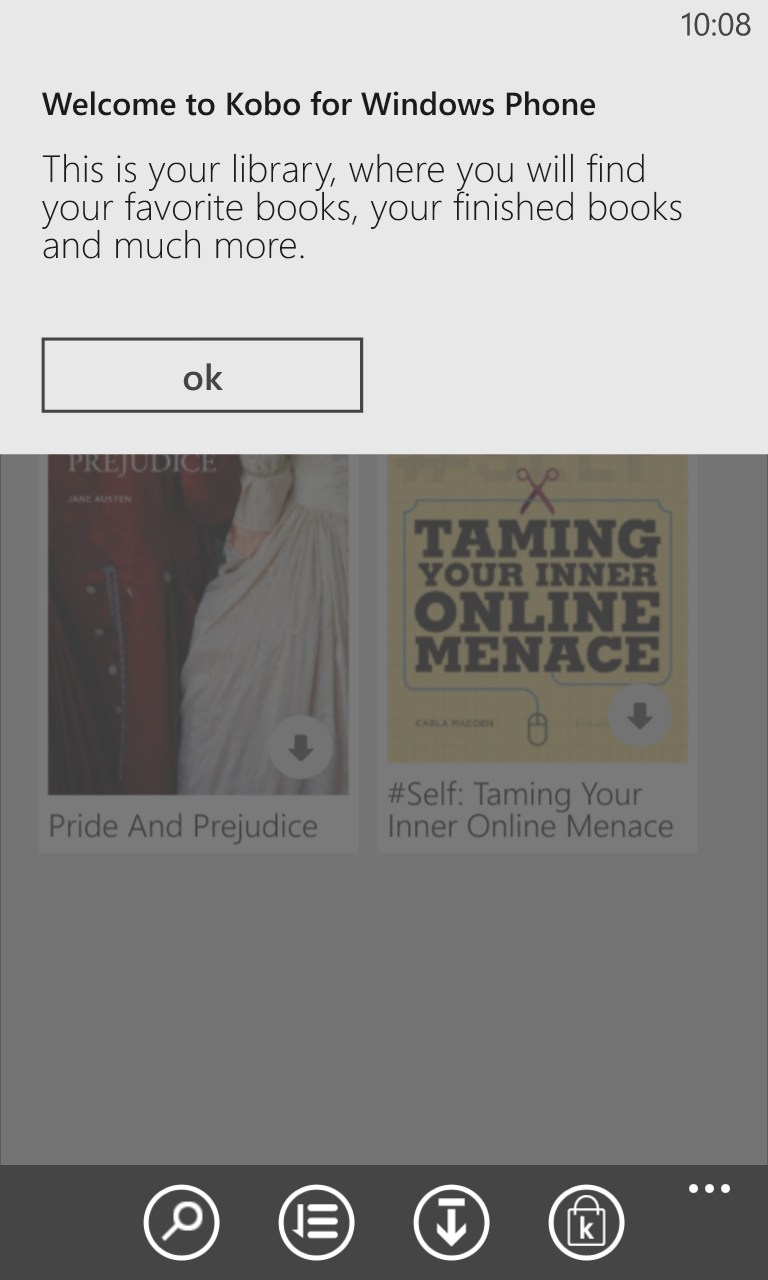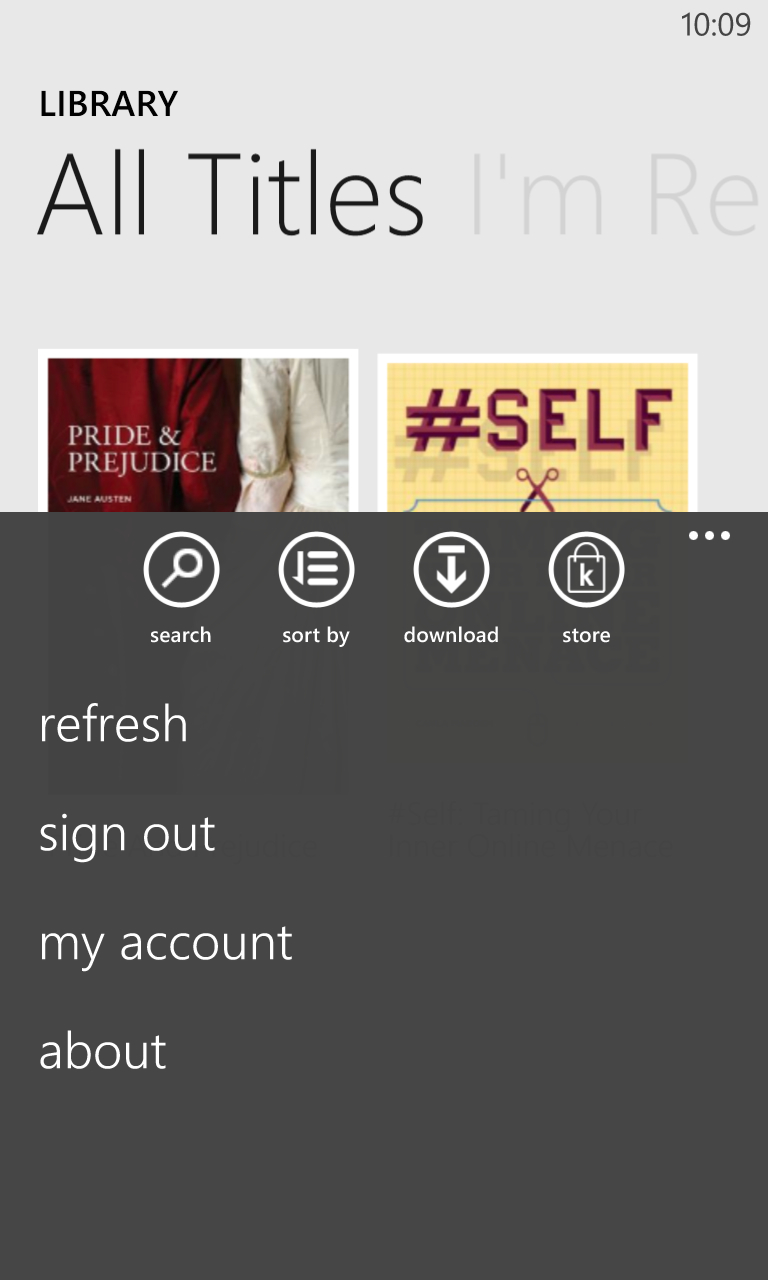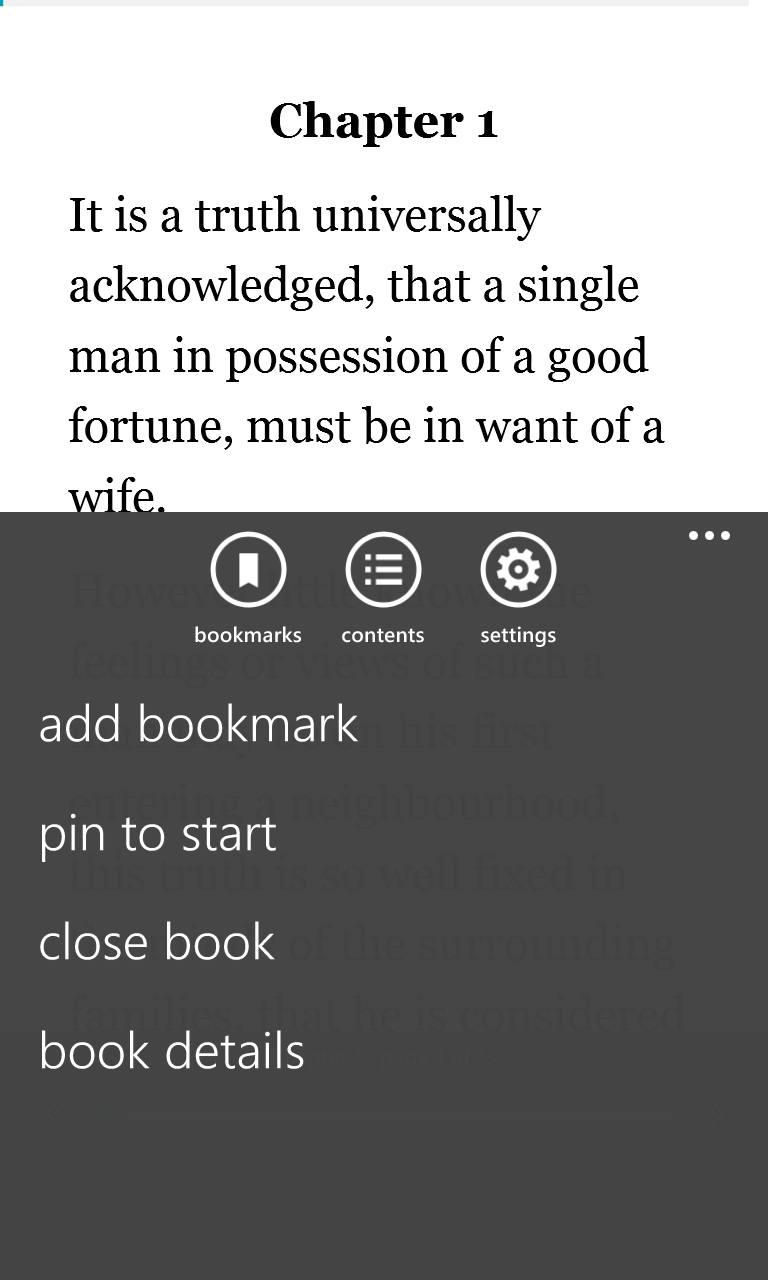Review: Kobo Books
Score:
68%
Joining the existing eBook services on Windows Phone is Kobo, the Canadian based digital publisher. Much like Amazon, Kobo has an online store for eBooks, magazines, and newspapers, has built a mix of eInk readers and Android powered tablets, and has coded clients for the major mobile operating systems. I'm taking a closer look at their WP client to see if Kobo has nailed the eBook experience on Microsoft's mobile OS.
Version Reviewed: 1.0.0.0
Buy Link | Download / Information Link
The client follows the release earlier this year of a Windows 8 client, and is a free download from the Windows Phone Store.
One of the advantages that Kobo has on its arrival to Windows Phone is that the service behind the client feels established. There is a large library of material for users to download and read, with are a number of free books to give you something to read immediately, and a significant volume of other material available to buy.
Kobo is also a well-established service, which means that users should feel comfortable in registering with it, providing credit card details for purchase, and knowing that Kobo is not a new service that could disappear at a moment's notice.
The Kobo client on Windows Phone doesn't break any new boundaries in terms of user interfaces, controls, or presentation. It matches the experience of the other 'mainstream' eBook reader (Amazon's Kindle client for Windows Phone), and adds very little to the experience. Don't expect any new ideas here, this is a 'parity' release to match the competition.


Kobo uses the Windows Phone Panorama UI for navigation. Swiping from side to side will let you look through the four library views (all titles, currently reading, finished reading, and books you are previewing) with a search bar that will take you directly into the store, sorting options to navigate the lists in each pane, and access via the menu to log onto your Kobo account.
Controls to move around the texts are a simple tap on the sides of the screen to move forwards or backwards in the text. No awkward swipes or buttons to press, just a generous target area to work with on the portrait locked touch screen of your samrtphone. It would be nice to have some visual feedback that a page has been turned, because the client did seem to stutter when I switched between chapters.
There were also occasions while reading when a page turn to a new chapter caused the client to crash. It's not easily replicable, and it was nice to see that my position had been saved. Still, it's not nice to see your book suddenly disappear when in full flow and having to navigate back through the app to get to the book.
There are various options to make reading a comfortable experience, with the usual three colour schemes all eBook clients seem to offer (black on white, white on black, and dark grey on sepia), and a choice of font styles and font sizes. The Kobo client also allows you to select from fully justified text or left justified and raggedy right edge (which is my personal preference, and rarely offered nowadays).
The actual reading experience on the Kobo client is one I am very happy with.


Content can be purchased through any regular web browser, and then shows up in the library section of the Windows Phone application. You can then download the books to your phone so you can read them offline and without worrying about bandwidth to read a book over a cellular connection.
You can also browse the library on your phone, which is a handy way to pick up a book if you know the title or author. A quick search, confirm the book title, and you'll be taken to the details page where you can purchase the book or download a preview and the first handful of pages.
Unfortunately, it's tough to simply browse through recommendations and search results on the handset, and I missed the ability to look at user reviews of books in the way that you can with the Android client. The Kobo book store is well stocked, but it lacks some of the nicer UI touches that some of the more successful stores have brought to mobile both for eBooks and for other digital content.
That said, while the Kobo store has far less self-published and indie books, its mainstream coverage is excellent, with the main publishers represented.


My biggest issue with the Kobo book reader will be a familiar one to AAWP readers, namely the inability to load my own eBooks onto my smartphone and read them in the Kobo client. It's a relatively easy task to do so in Kobo's Android client (just drop my eBook file into the relevant directory on the Android handset) but with the closed nature of the file system on Windows Phone, the developers have simply bypassed this feature (it remains to be seen if folder support is added for Windows Phone 8.1 in the near future). Philosophically, Kobo was happy to do it when it was easy, but not where it was hard.
I'm not fully invested in Kobo's library. Neither am I fully invested in the Kindle library, or any others. I'm invested in my own library of ebooks that I know are portable, device independent, and can be taken anywhere. For the mainstream novels and textbooks, Kobo works just as well as the competition, but not wildly differently enough that I would encourage anyone to change to Kobo if they are already using another system.
Step outside the confines of their store and curated content, and the client will not work. It does what it says on the tin, but I expect more from a client if I am going to consider recommending it strongly. Kobo's Windows Phone client is serviceable and gets a cautious single thumbs up, but no more than that.
Reviewed by Ewan Spence at
